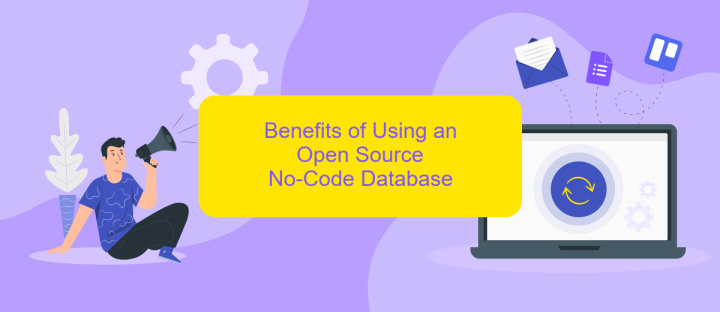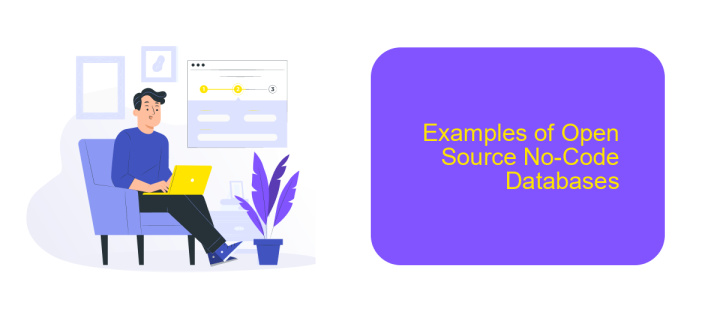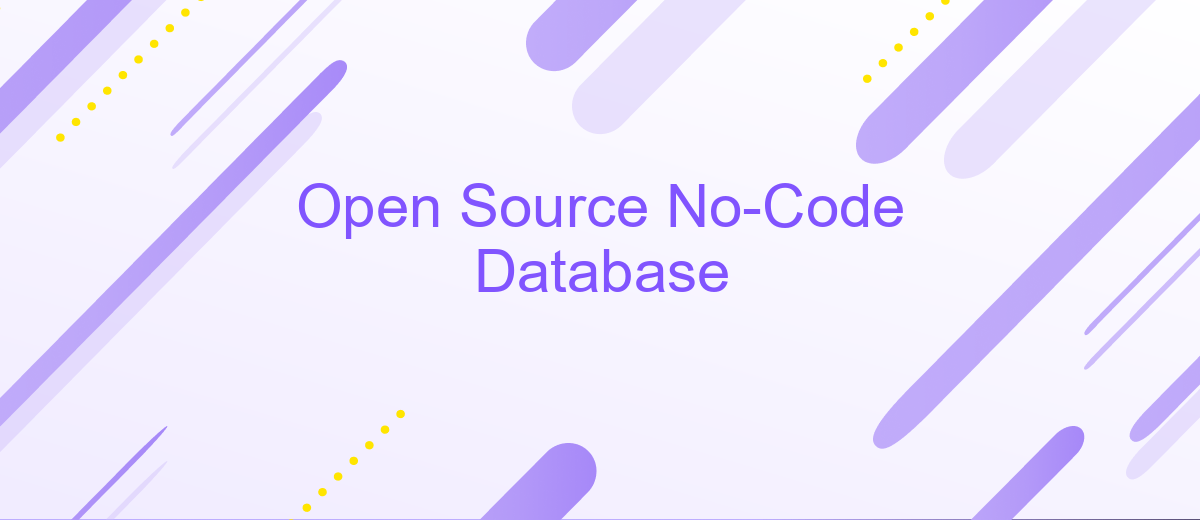Open Source No-Code Database
Open source no-code databases are revolutionizing the way individuals and businesses manage data. By eliminating the need for complex coding skills, these platforms democratize database creation and management, making it accessible to everyone. This article explores the benefits, popular options, and potential challenges of using open source no-code databases, empowering users to streamline their workflows and enhance productivity.
Introduction
Open Source No-Code Databases are revolutionizing the way developers and non-developers alike can create, manage, and deploy databases without writing a single line of code. These platforms provide an intuitive user interface that allows users to design and manage databases with ease, making it accessible to a broader audience.
- Ease of Use: No need for extensive coding knowledge.
- Cost-Effective: Often free or lower in cost compared to traditional databases.
- Flexibility: Customizable to fit various project needs.
- Community Support: Backed by a community of developers and users.
- Integration: Easily integrates with other tools and services.
One of the key advantages of Open Source No-Code Databases is their ability to integrate seamlessly with various applications and services. Tools like ApiX-Drive can simplify these integrations, allowing users to automate workflows and connect their databases with other platforms effortlessly. This makes it easier to manage data across different systems, enhancing productivity and efficiency.
What is an Open Source No-Code Database?

An open source no-code database is a type of database management system that allows users to create, manage, and manipulate databases without the need for traditional coding skills. These platforms are designed with user-friendly interfaces, often featuring drag-and-drop functionalities, making it accessible for individuals who may not have a strong technical background. By leveraging the open source nature, developers and organizations can customize and extend the database capabilities according to their specific needs, ensuring a high level of flexibility and adaptability.
One of the key advantages of open source no-code databases is their ability to integrate seamlessly with other tools and services. For instance, platforms like ApiX-Drive can be utilized to set up and manage integrations effortlessly, enabling data to flow between various applications and systems. This ensures that users can automate workflows and maintain data consistency across different platforms without writing complex code, thereby enhancing productivity and reducing the potential for errors.
Benefits of Using an Open Source No-Code Database

Utilizing an open source no-code database offers numerous advantages for developers and businesses alike. These databases streamline the process of creating and managing data-driven applications without the need for extensive coding knowledge, making them accessible to a wider audience.
- Cost-Effective: Open source solutions eliminate licensing fees, reducing overall costs.
- Flexibility: Users can customize databases to meet specific needs without being locked into a vendor's ecosystem.
- Community Support: A vibrant community of developers continuously improves and updates the software.
- Integration Capabilities: Tools like ApiX-Drive facilitate seamless integration with other applications and services.
- Scalability: These databases can scale according to the growing needs of your business.
In summary, open source no-code databases provide a powerful, flexible, and cost-effective solution for managing data. They democratize application development, allowing even those with limited technical skills to create robust, scalable applications. Additionally, with integration tools such as ApiX-Drive, connecting these databases with other systems becomes effortless, further enhancing their utility.
Examples of Open Source No-Code Databases

Open source no-code databases are becoming increasingly popular due to their flexibility and ease of use. These platforms allow users to create, manage, and manipulate databases without writing a single line of code. They are ideal for small businesses, startups, and non-technical users who need to manage data efficiently.
One of the key benefits of these databases is their ability to integrate with various tools and services seamlessly. For instance, ApiX-Drive can be used to set up integrations between your no-code database and other applications, enhancing its functionality and automating workflows.
- Airtable: Known for its user-friendly interface and powerful features, Airtable combines the simplicity of a spreadsheet with the functionality of a database.
- NocoDB: An open-source platform that turns any MySQL, PostgreSQL, or SQLite database into a smart spreadsheet interface.
- Baserow: A self-hosted no-code database that offers real-time collaboration and a wide range of customization options.
These examples illustrate the versatility and power of open source no-code databases. By leveraging tools like ApiX-Drive, users can further enhance their databases through seamless integrations, making data management more efficient and effective.


How to Choose the Right Open Source No-Code Database
Choosing the right open source no-code database involves evaluating several key factors. First, consider the scalability of the database. Ensure it can handle your current data needs and scale as your business grows. Look at the community support and documentation available, as these resources can be invaluable for troubleshooting and learning. Additionally, check the compatibility of the database with your existing systems and workflows to ensure seamless integration.
Next, assess the ease of use and user interface of the database. A no-code database should be intuitive and user-friendly, allowing even non-technical team members to manage data effectively. Evaluate the customization options available to tailor the database to your specific needs. For integration with other tools and services, consider using ApiX-Drive, which simplifies the process of connecting various applications and automating workflows. By focusing on these aspects, you can select an open source no-code database that best fits your organization's requirements.
FAQ
What is an Open Source No-Code Database?
What are the benefits of using an Open Source No-Code Database?
How secure are Open Source No-Code Databases?
Can I integrate an Open Source No-Code Database with other software?
Is technical knowledge required to use an Open Source No-Code Database?
Do you want to achieve your goals in business, career and life faster and better? Do it with ApiX-Drive – a tool that will remove a significant part of the routine from workflows and free up additional time to achieve your goals. Test the capabilities of Apix-Drive for free – see for yourself the effectiveness of the tool.

